November 21, 2018 | Joanne Morrison
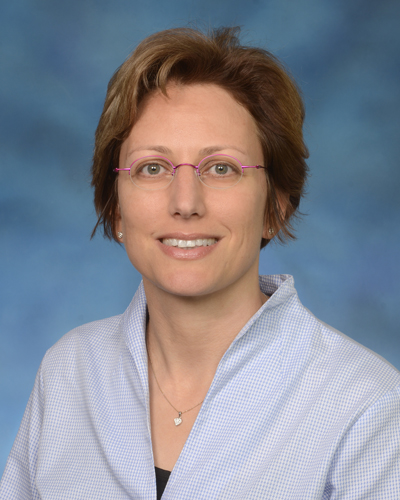
Dr. Ronna Hertzano’s Gene Discovery Could Help Pave Way for Developing Treatment for Hearing Loss
An international group of researchers, led by Ronna Hertzano, MD, PhD, Associate Professor, Department of Otorhinolaryngology-Head & Neck Surgery, Anatomy and Neurobiology, at the University of Maryland School of Medicine (UMSOM), and Michael Bowl, Ph.D., Programme Leader Track Scientist, Mammalian Genetics Unit, MRC Harwell Institute, UK, have identified the gene that acts as a key regulator for special cells needed in hearing.
The discovery of the role of this gene (Ikzf2) in the inner ear will help researchers better understand this unique type of cell that is needed for hearing and potentially develop treatments for common age-related hearing loss.
“Outer hair cells are the first inner ear cells lost as we age. Age-related hearing loss happens to everyone. Even a 30-year-old has lost some of the outer hair cells that sense higher pitch sounds. Simply exposure to sound, especially loud ones, eventually causes damage to these cells,” said Dr. Hertzano, whose research will be published in the journal Nature.
The inner ear has two kinds of sensory hair cells required for hearing. The inner hair cells convert sounds to neural signals that travel to the brain. This compares to outer hair cells, which function by amplifying and tuning sounds. Without outer hair cells, sound is severely muted and inner hair cells have decreased signal to the brain. Loss of outer hair cells is the major cause of age-related loss of hearing.
About the Research
Hertzano’s group, in collaboration with Ran Elkon, PhD, Senior Lecturer, Department of Human Molecular Genetics and Biochemistry, Sackler Faculty of Medicine in Tel Aviv, Israel took a bioinformatics and functional genomics approach to discover a gene critical for the regulation of genes involved in outer hair cell development. Bowl’s group studied mice from the Harwell Aging Screen to identify mice with hearing loss. Bowl identified mice with an early-onset progressive hearing loss caused by an outer hair cell malfunction. When the two groups realized that they were studying the same gene, they began to collaborate to discover its biological function and role in outer hair cell development. The gene is Ikzf2 gene, which encodes helios. Helios is a transcription factor, a protein that controls the expression of other genes. The mutation in the mice changes one amino acid in a critical part of the protein, which impaired the transcriptional regulatory activity of helios in the mice.
To test if helios could drive the differentiation of outer hair cells, the researchers introduced a virus engineered to overexpress helios into the inner ear hair cells of newborn mice. As a result, some of the mature inner hair cells became more like outer hair cells. In particular, the inner hair cells with an excess of helios started making the protein prestin and exhibited electromotility, a property limited to outer hair cells. Thus, helios can drive inner hair cells to adopt critical outer hair cell characteristics.
Funding for the research was provided by Action on Hearing Loss UK, a National Hearing Loss Charity, the National Institute on Deafness and Other Communication Disorders (NIDCD) at the National Institutes of Health, and the Department of Defense, USA.
As Professor Steve Brown, PhD., Director, MRC Harwell Institute, comments, “The development of therapies for age-related hearing loss represents one of the big challenges facing medicine and biomedical science. Understanding the genetic programs that are responsible for the development and maturation of sound-transducing hair cells within the inner ear will be critical to exploring avenues for the regeneration of these cells that are lost in abundance during age-related hearing loss. The teams from the University of Maryland and the MRC Harwell Research Institute have given us the first insights into that programme. They have identified a master regulator, Ikzf2/helios, that controls the programme for maturation of outer hair cells. Now, we have a target that we can potentially use to induce the production of outer hair cells within damaged inner ears, and we are one step closer to offering treatments for this disabling condition.”
“This research is critical in understanding hearing loss among aging adults, which is a growing problem. Dr. Hertzano’s research is at the forefront of understanding important pathways that can be targeted to develop treatments for hearing loss,” said UMSOM Dean E. Albert Reece, MD, PhD, MBA, who is also the Executive Vice President for Medical Affairs, University of Maryland, and the John Z. and Akiko K. Bowers Distinguished Professor.
About the University of Maryland School of Medicine
Now in its third century, the University of Maryland School of Medicine was chartered in 1807 as the first public medical school in the United States. It continues today as one of the fastest growing, top-tier biomedical research enterprises in the world -- with 43 academic departments, centers, institutes, and programs; and a faculty of more than 3,000 physicians, scientists, and allied health professionals, including members of the National Academy of Medicine and the National Academy of Sciences, and a distinguished recipient of the Albert E. Lasker Award in Medical Research. With an operating budget of more than $1 billion, the School of Medicine works closely in partnership with the University of Maryland Medical Center and Medical System to provide research-intensive, academic and clinically-based care for more than 1.2 million patients each year. The School has over 2,500 students, residents, and fellows, and more than $530 million in extramural funding, with most of its academic departments highly ranked among all medical schools in the nation in research funding. As one of the seven professional schools that make up the University of Maryland, Baltimore campus, the School of Medicine has a total workforce of nearly 7,000 individuals. The combined School and Medical System (“University of Maryland Medicine”) has an annual budget of nearly $6 billion and an economic impact more than $15 billion on the state and local community. The School of Medicine faculty, which ranks as the 8th highest among public medical schools in research productivity, is an innovator in translational medicine, with 600 active patents and 24 start-up companies. The School works locally, nationally, and globally, with research and treatment facilities in 36 countries around the world. Visit medschool.umaryland.edu/
Contact
Office of Public Affairs
655 West Baltimore Street
Bressler Research Building 14-002
Baltimore, Maryland 21201-1559
Contact Media Relations
(410) 706-5260
Related stories
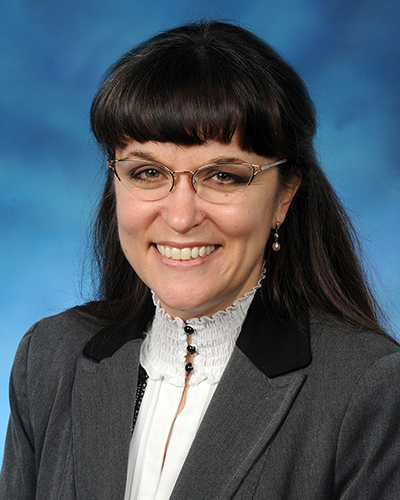
Thursday, September 08, 2022
How Memory of Personal Interactions Declines with Age
One of the most upsetting aspects of age-related memory decline is not being able to remember the face that accompanies the name of a person you just talked with hours earlier. While researchers don’t understand why this dysfunction occurs, a new study conducted at University of Maryland School of Medicine (UMSOM) has provided some important new clues. The study was published on September 8 in Aging Cell.
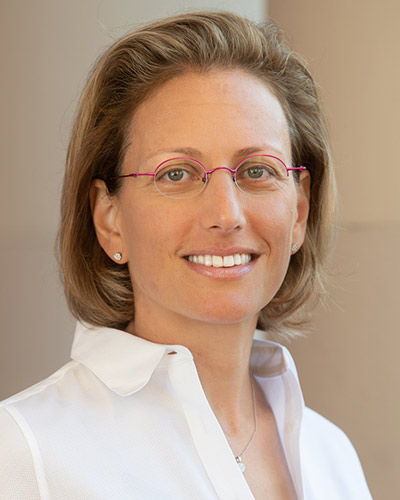
Wednesday, September 29, 2021
UM School of Medicine Researchers Work to Understand Hearing Loss from Noise Damage through Gene Expression Changes
A growing number of people suffer from hearing loss due to exposure to loud noises from heavy machinery, concerts, or explosions. As a result, scientists have been working to understand the mechanism behind how this damage to hearing actually occurs.

Tuesday, August 31, 2021
Do Genetics Control Who Our Friends Are? It Seems So with Mice
Have you ever met someone you instantly liked, or at other times, someone who you knew immediately that you did not want to be friends with, although you did not know why?
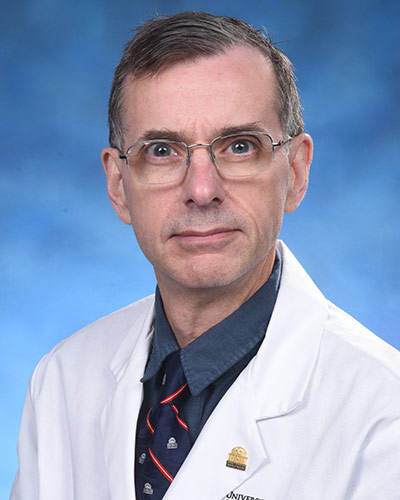
Tuesday, August 31, 2021
Award-Winning Educator Adam Puche, PhD, Named Vice Chair of Department of Anatomy and Neurobiology
Asaf Keller, PhD, Professor and Chair of Anatomy and Neurobiology at the University of Maryland School of Medicine (UMSOM), along with UMSOM Dean E. Albert Reece, MD, PhD, MBA, announced that award-winning educator Adam Puche, PhD, Professor of Anatomy and Neurobiology, has been appointed to serve as the inaugural Vice Chair of that department, effective immediately.
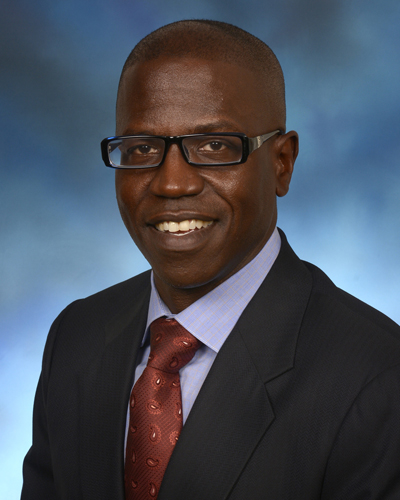
Monday, August 26, 2019
Distinguished ENT Physician-Scientist Rodney J. Taylor, MD, MPH, Named Next Chair of UM School of Medicine's Department of Otorhinolaryngology-Head & Neck Surgery
University of Maryland School of Medicine (UMSOM) Dean, E. Albert Reece, MD, PhD, MBA, announced today that Rodney J. Taylor, MD, MPH, Professor and Interim Chair in the UMSOM Department of Otorhinolaryngology-Head & Neck Surgery (HNS), a distinguished physician-scientist and head and neck surgeon, will become the next Chair of the Department, effective September 1, 2019. In addition, he will also serve as the Chief of Otorhinolaryngology for the University of Maryland Medical Center (UMMC).
